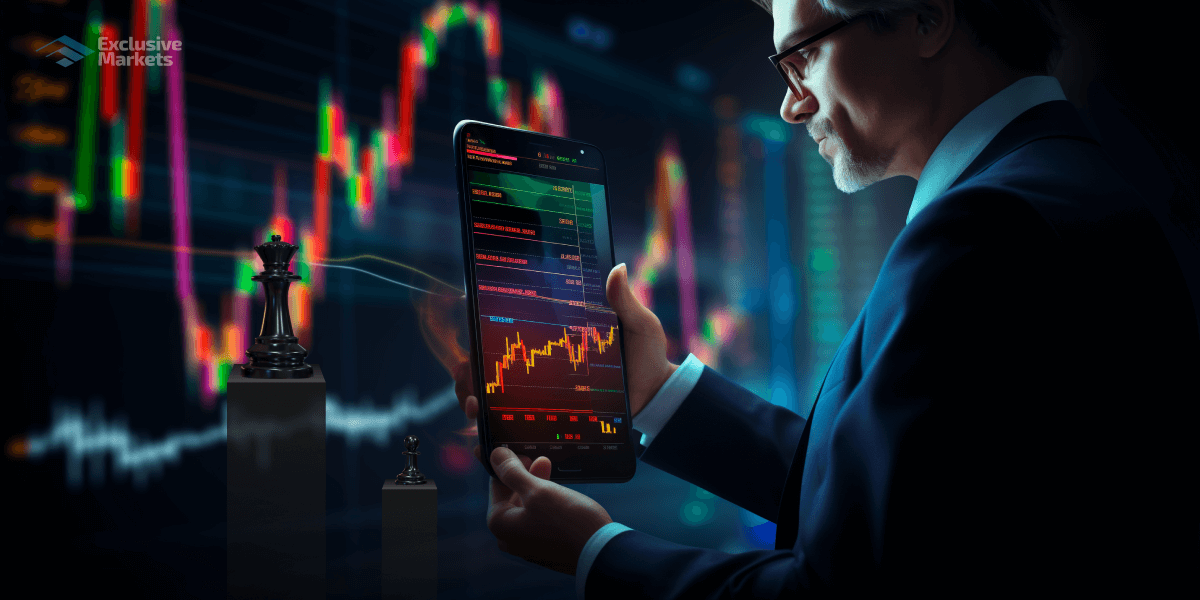
Mastering Forex Paper Trading: A Comprehensive Guide
In today’s fast-paced financial world, trading in the forex market has gained immense popularity. Many aspiring traders are intrigued by the potential of making profits through currency trading. However, before plunging into the real market, it is crucial to develop a solid understanding of trading mechanisms and strategies. This is where forex paper trading Best UAE Brokers can assist you in exploring various platforms for paper trading. Forex paper trading, essentially a simulation of real trading, allows traders to practice without risking real money. This article will delve into what Forex paper trading is, its benefits, how to approach it effectively, and tips for transitioning to live trading.
What is Forex Paper Trading?
Forex paper trading can be understood as a method of practicing trading strategies in a risk-free environment. Traders can enter buy and sell orders on a simulated platform that mimics the real forex market, without the financial risk associated with live trading. This practice is essential for new traders who want to understand market dynamics before investing real capital.
How Does Paper Trading Work?
In paper trading, participants use a demo account provided by a broker that allows them to trade in real-time markets. These demo accounts usually reflect the current market conditions, meaning that the prices, spreads, and liquidity are analogous to those in the real forex market. Traders are allotted virtual capital—often around $100,000—to practice their trading strategies. They can take positions on currency pairs, monitor their performance, and adjust their strategies without any financial implications.
Benefits of Forex Paper Trading
Engaging in Forex paper trading has numerous advantages, particularly for those who are new to trading or looking to test a new strategy. Here are some key benefits:
1. Risk-Free Environment
The most significant advantage is that it allows traders to learn and practice without risking real money. This can be particularly helpful in reducing anxiety and emotional pressure often associated with live trading.
2. Learning Opportunity
Traders can familiarize themselves with trading platforms, market conditions, and order types without financial consequences. This learning effect boosts confidence when transitioning to live trading.
3. Strategy Testing
Forex paper trading enables traders to test various strategies and techniques. By analyzing what worked and what didn’t, traders can optimize their approaches to improve their performance.
4. Performance Measurement
Traders can monitor their trades and analyze performance metrics, such as win/loss ratios, drawdowns, and profit/loss percent. This data is invaluable for trialing different trading styles.
How to Approach Forex Paper Trading Effectively
While paper trading is a great tool, it’s vital to approach it effectively to derive the maximum benefit. Here are some strategies to enhance your paper trading experience:
1. Treat it Like Real Trading

Although you aren’t using real money, treat your paper trading as if you were trading live. Create specific rules regarding your trading, and impose the same discipline you would for real trades.
2. Define Your Trading Goals
Before starting, clarify what you want to achieve during your paper trading. Setting realistic goals, such as mastering a particular strategy or currency pair, provides direction and purpose.
3. Keep Records of Your Trades
Documenting each trade helps in understanding what strategies worked or failed. You can analyze your decisions and learn from your mistakes, which is crucial for developing as a trader.
4. Take the Time to Learn
Use the opportunity to delve into technical analysis, chart patterns, and market trends. Continuous learning improves a trader’s understanding and increases their chances of success in live trading.
Transitioning to Live Trading
Once you have gained confidence and experience through paper trading, you might consider moving to live trading. Here are a few points to consider for a smooth transition:
1. Start Small
When transitioning to live trading, start with a small amount of capital that you can afford to lose. This minimizes risk while you adjust to the emotional aspects of trading with real money.
2. Apply What You’ve Learned
Implement the strategies and techniques you have tested during your paper trading session. While live trading brings new challenges, a solid foundation increases the odds of success.
3. Monitor Emotions and Psychological Factors
One of the most significant differences between paper trading and live trading is the psychological aspect. Be prepared to manage emotions, such as fear and greed, which can influence your trading decisions.
4. Continue Learning
The learning process does not stop once you start live trading. Continue to seek knowledge, adapt to new strategies, and refine your approach. The forex market is ever-evolving, and successful traders are those who remain committed to learning.
Conclusion
Forex paper trading serves as a valuable stepping stone for anyone interested in trading currencies. It provides an opportunity to practice and develop skills without the financial risks associated with live trading. By fully utilizing demo accounts, documenting your trades, and treating practice sessions seriously, you can build the necessary foundation for success in the forex market. Remember to select a reputable broker to assist in your trading journey, as the right platform can make all the difference. With time, dedication, and perseverance, you’ll transition from a paper trader to a successful live trader.
